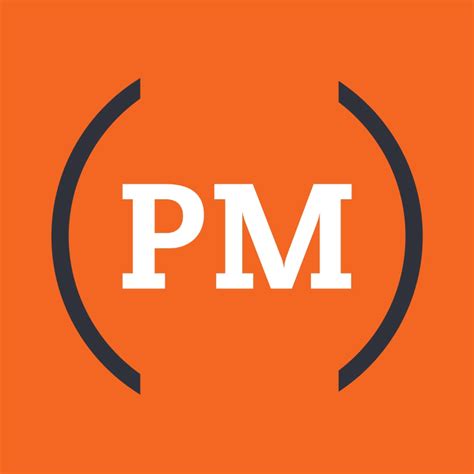
Leading US firm Pogust Millrood merges into global firm PGMBM
Pogust Millrood LLC, one of the leading mass tort and personal injury firms in the US, will merge with sister firm, global powerhouse PGMBM, as of today (01 December 2021).
The merger will see the existing Pogust Millrood operation incorporated into the rapidly expanding PGMBM organisation, with a US operation that will now include offices in Philadelphia and Miami. Globally, PGMBM now boasts over 100 lawyers and 500 staff in countries including the US, the UK (London, Liverpool and Edinburgh), the Netherlands (Amsterdam) and Brazil (São Paulo and Belo Horizonte).
Pogust Millrood was founded in 2005 and for the last 16 years has focused on mass tort and consumer class actions. In 2010, the firm was named one of the top Plaintiffs' Product Liability Firms of the Year by Law360. The award recognised Pogust Millrood as one of the top firms of the year garnering “substantial verdicts against pharmaceutical heavyweights” and obtaining “multi-million dollar verdicts for their clients”.
Pogust Millrood was class counsel and instrumental in the $1.15billion Pigford II settlement, where it assisted thousands of African-American farmers in claims that the US federal government had discriminated against them in applications to participate in agricultural programs. The firm played a critical role in the $1.4billion dollar settlement for victims of devastating side effects from the Stryker metal-on-metal Rejuvenate Modular-Neck and ABG II Modular-Neck hip implants. It is also currently lead counsel in the Pennsylvania-wide opioid litigation pending in Delaware County, Pennsylvania, helping deliver a settlement that could provide $1billion to affected communities.
PGMBM is a partnership between British, American and Brazilian lawyers passionate about championing justice for the victims of wrongdoing by large corporations. The firm is at the cutting edge of international consumer claims, including leading group cases against:
Mercedes, Volkswagen, and other automotive firms over diesel emissions scandals
British Airways and easyJet in cases related to breaches of personal data
Several of the world’s largest pharmaceutical companies over the harmful risks associated with their drugs and medical devices
PGMBM is also a leader in environmental litigation, leading proceedings on behalf of over 200,000 victims of two major Brazilian tragedies – the 2015 Mariana Dam disaster and the 2019 Brumadinho Dam disaster, litigating against mining giant BHP and German technical services firm TÜV SÜD respectively.
Harris Pogust, Pogust Millrood Partner and Chairman of PGMBM, said: “Over the last 15 years, we have developed Pogust Millrood into one of the top mass tort firms in the US. We have helped defend the rights of those who cannot defend themselves against the misdeeds of big business.
“Not long ago, I had the opportunity to start a sister firm, PGMBM, with an amazing group of lawyers, including an amazing barrister, Tom Goodhead, and trail-blazing Brazilian lawyers Tomás Mousinho and Pedro Martins.
“In four years we have grown PGMBM into a firm with more than 500 employees and counting across several countries. I am beyond proud of the work we are doing and will do in the future, representing the oppressed and those whose access to justice is difficult.
“Environmental tragedies, human rights violations and personal harm inflicted by some of the world’s largest corporations. The credo of PGMBM is to find justice for these people no matter how far we have to go to obtain that justice.
“As with anything in life people and law firms grow and change. This merger is the next step in that cycle. Now is the time to bring our amazing team at Pogust Millrood under the PGMBM umbrella and share our joint experiences and knowledge to help those in need of our assistance not just in the US but across the globe.”




